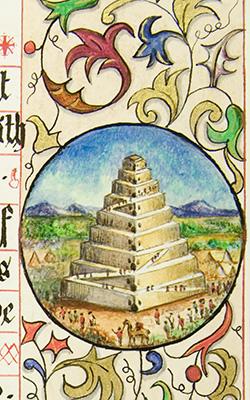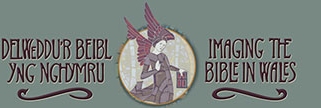How to find material on the database
 The Quick Search box, available on each page, offers the most immediate way to search the database. As it does not necessarily distinguish artists' names from subjects or sites, providing a combination of terms found under the Search tab provides much greater accuracy.
The Quick Search box, available on each page, offers the most immediate way to search the database. As it does not necessarily distinguish artists' names from subjects or sites, providing a combination of terms found under the Search tab provides much greater accuracy.It is possible to combine terms to find specific artworks from specific places, or particular subjects according to location or county. Entering a date will give results that record this specific date as well as ranges of dates around it, for example entering 1923 will also list items with a date of 1920-1930.
Artworks have been indexed according to the Iconclass system. The categories used can be general, such as 'the story of Noah', or specific, for example, 'the dove returns with an olive-branch', depending on the nature of the depiction.
Other artworks that correspond exactly to a listed category can be accessed directly by following the link 'for other artworks containing these subjects'. On the results page for 'Artworks containing this subject', the 'List related subjects' link will access other related categories grouped under this part of the subject tree.
Scenes showing the crucifixion are usually categorised by their specific types, for example 'Crucified Christ with Mary and John on either side of the cross', 'Longinus pierces Christ's side with a lance - the crucifixion of Christ' or 'Christ crucified on a tree or on a vine'. By entering 'crucifixion' for 'subject', each of these results will be found.
Although the main categorised method of searching is advised in most cases, occasionally the Quick Search will locate terms found under descriptive or interpretative notes which are not included in the subject searching. For example, entering 'scroll' in the Quick Search will list more items which include a scroll than by entering the term under subject; the Quick Search looks for the word wherever it is noted in the descriptions, as well as where it appears as part of a specific subject listing or title.
As well as finding images which clearly depict a biblical story, searching by biblical reference also finds instances where a biblical text has been included either incidentally or additionally. For example, a standing figure of a biblical author might be accompanied by a specific reference to a biblical book, or a quotation from Paul's letters may be used to accompany an image of the Crucifixion.
This database and its contents are copyright © 2008-2025 by University of Wales Trinity Saint David, unless otherwise noted. Copyright information
Database, software and website development by Technoleg Taliesin © 2008-2025


